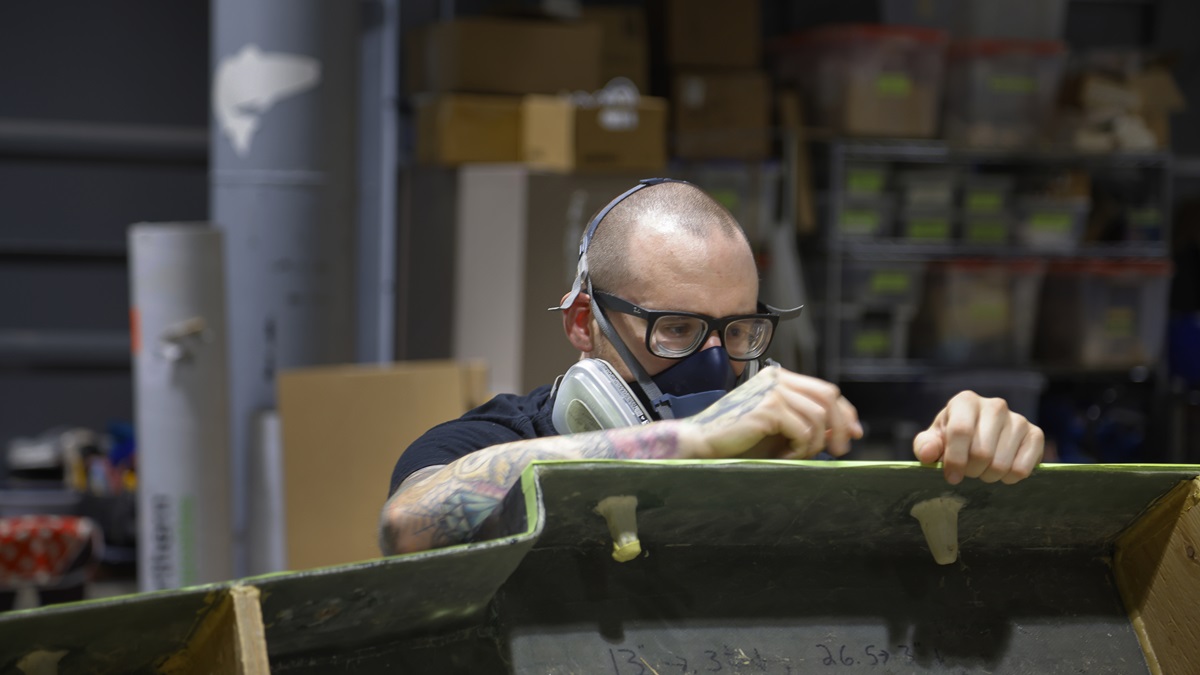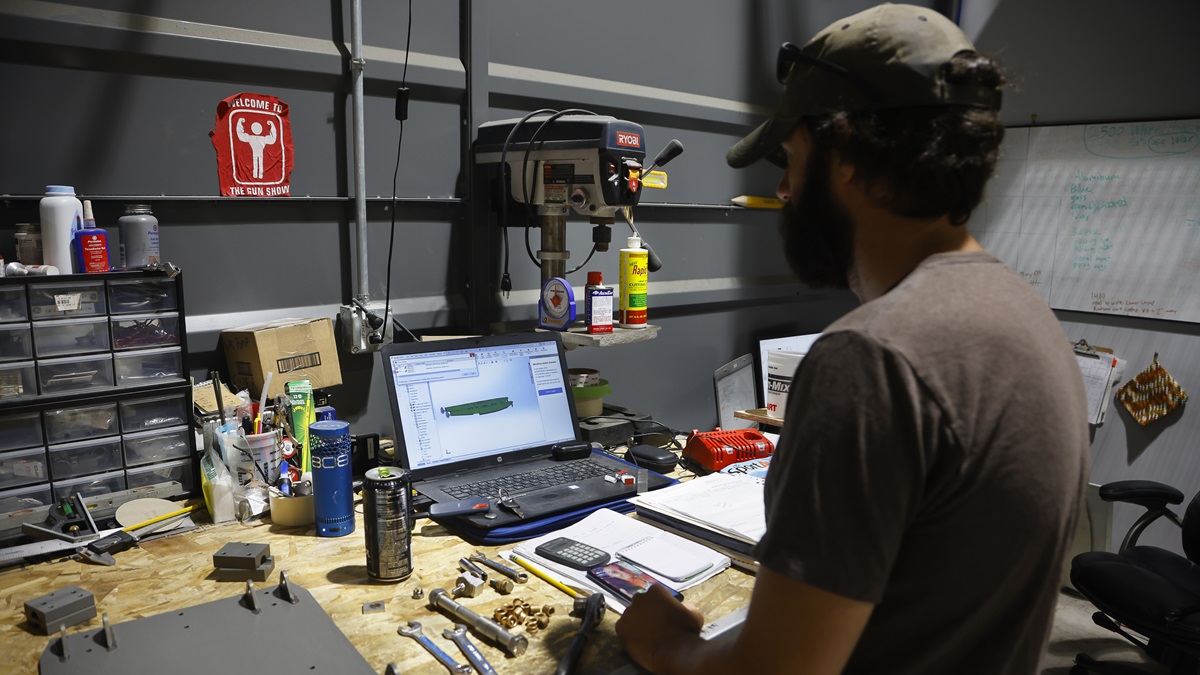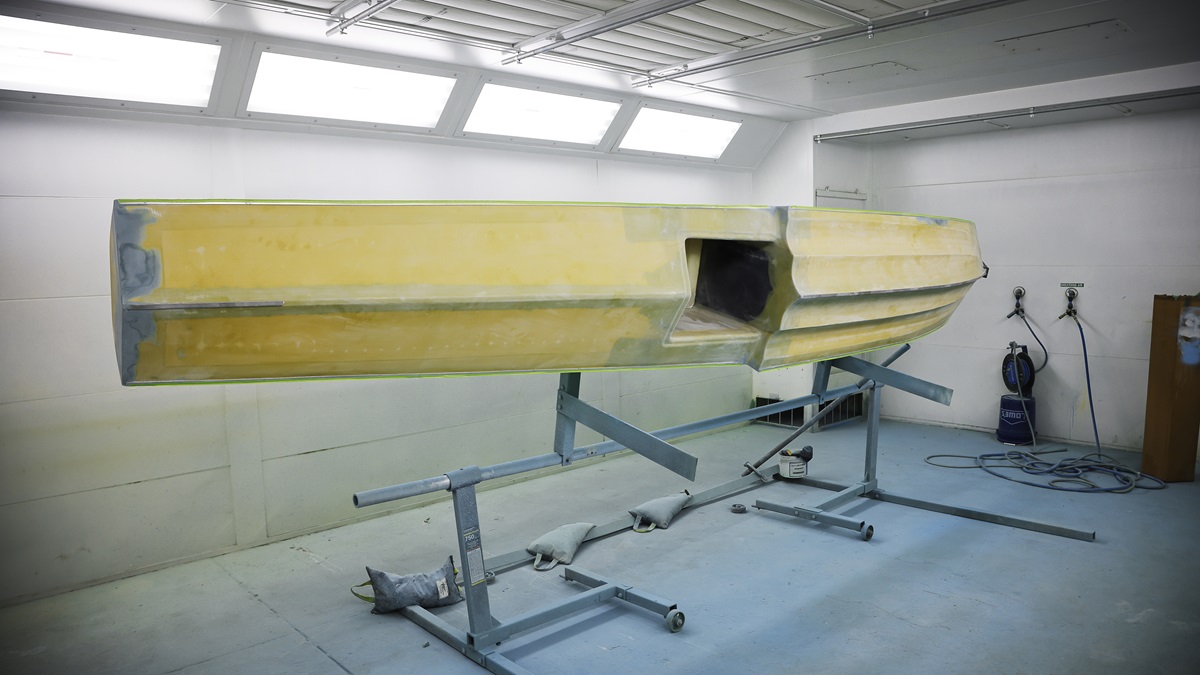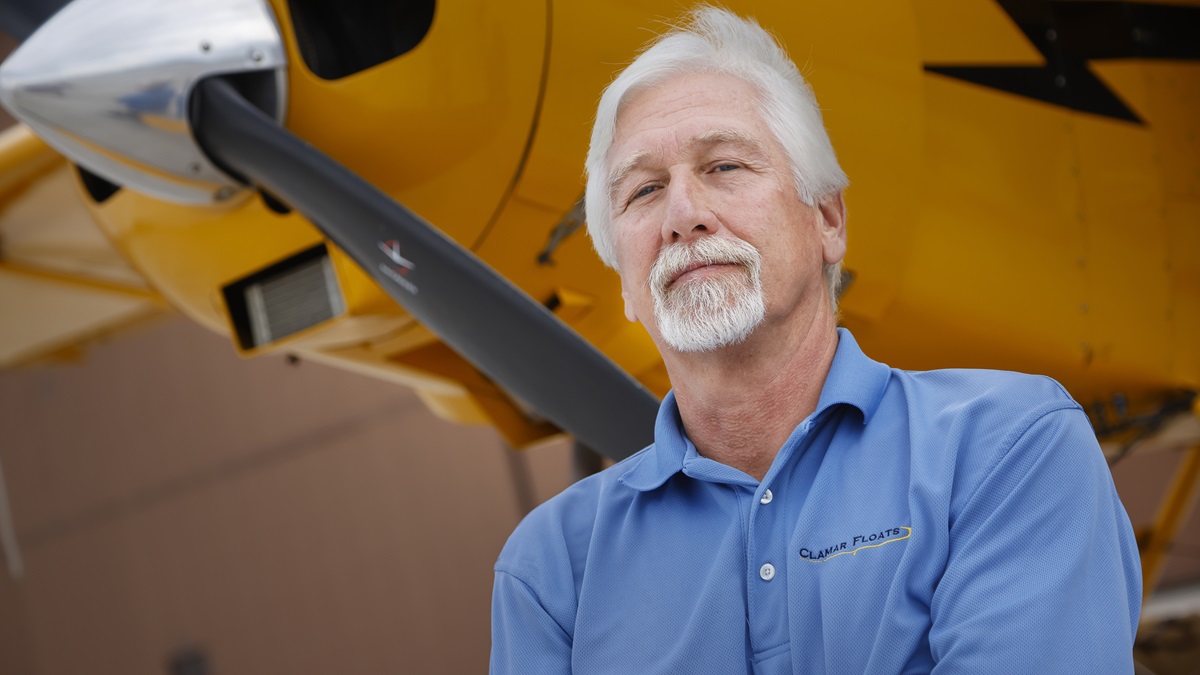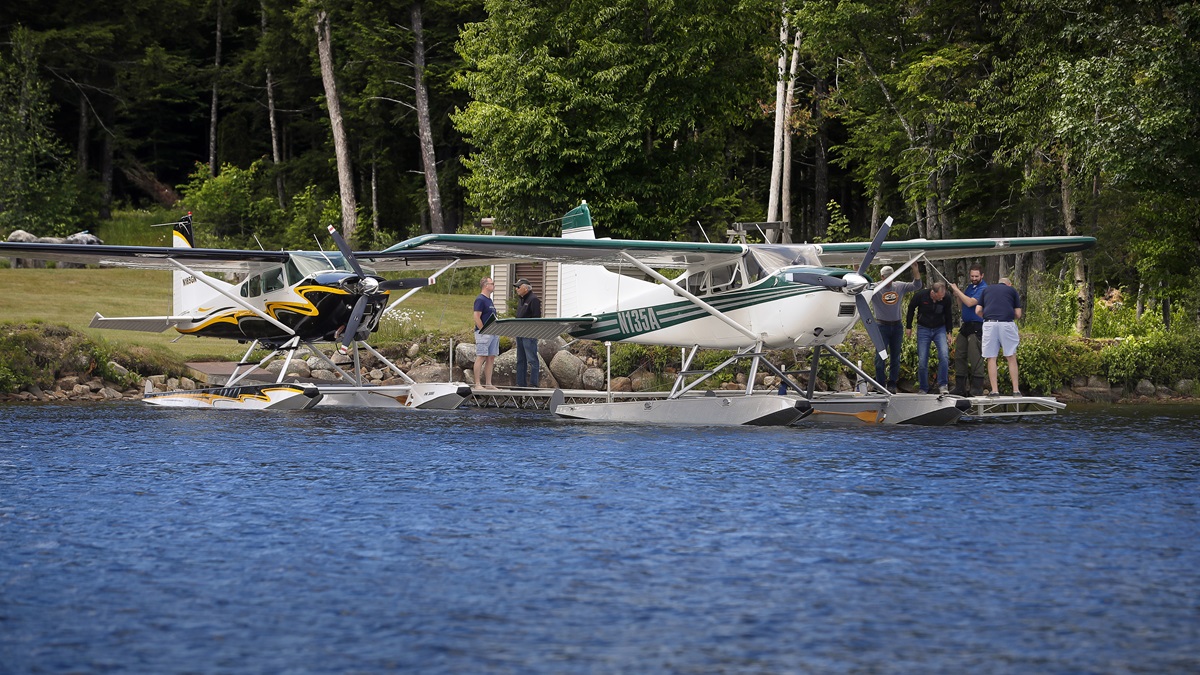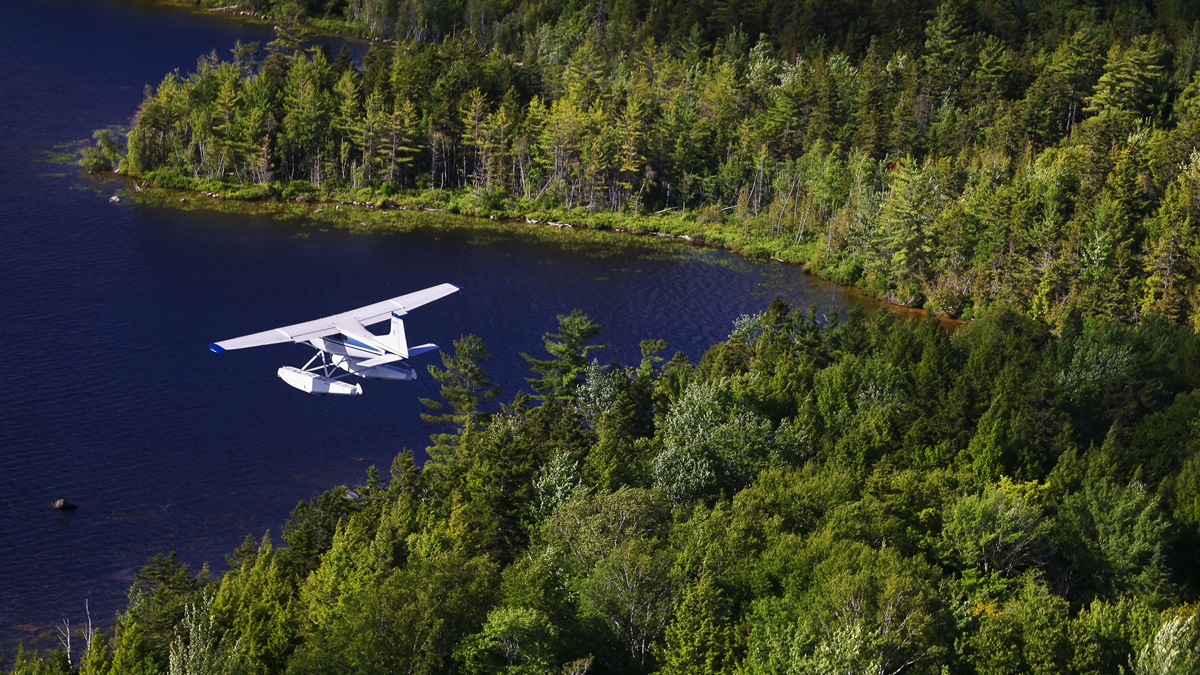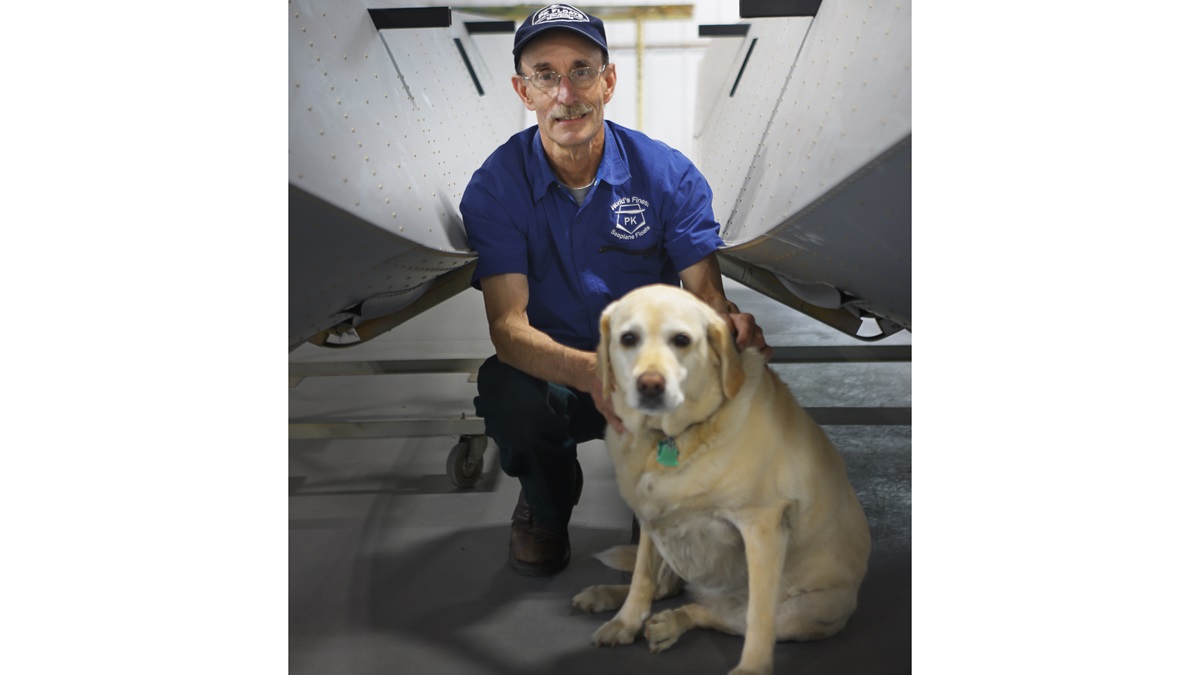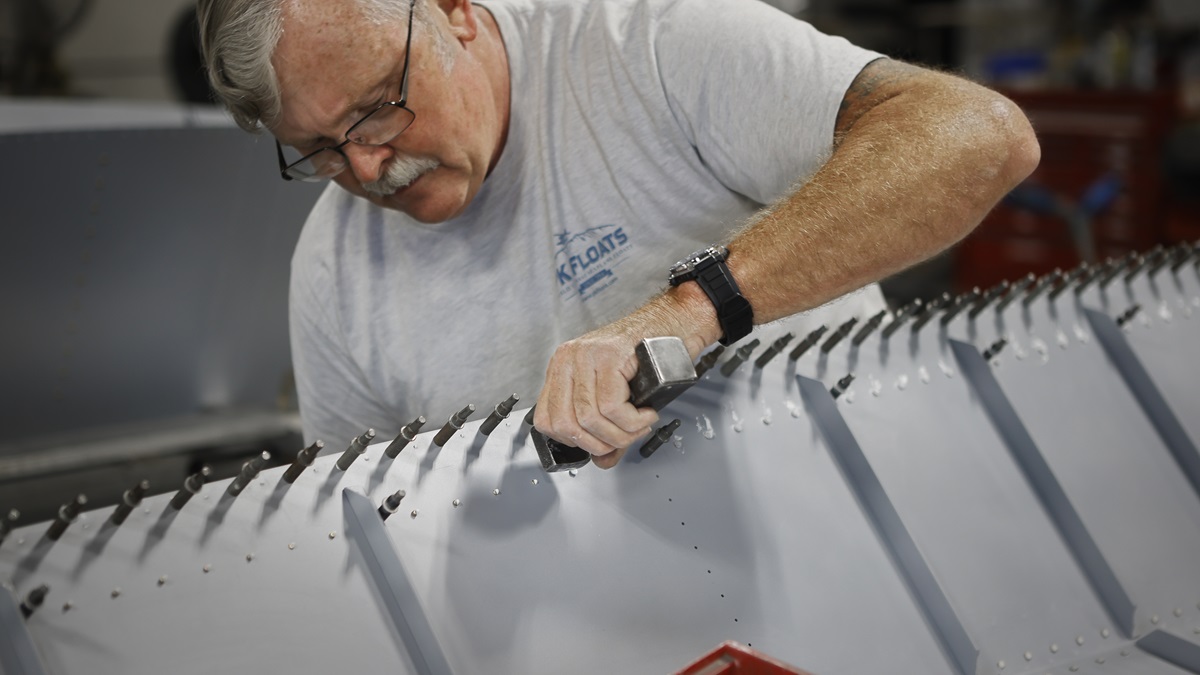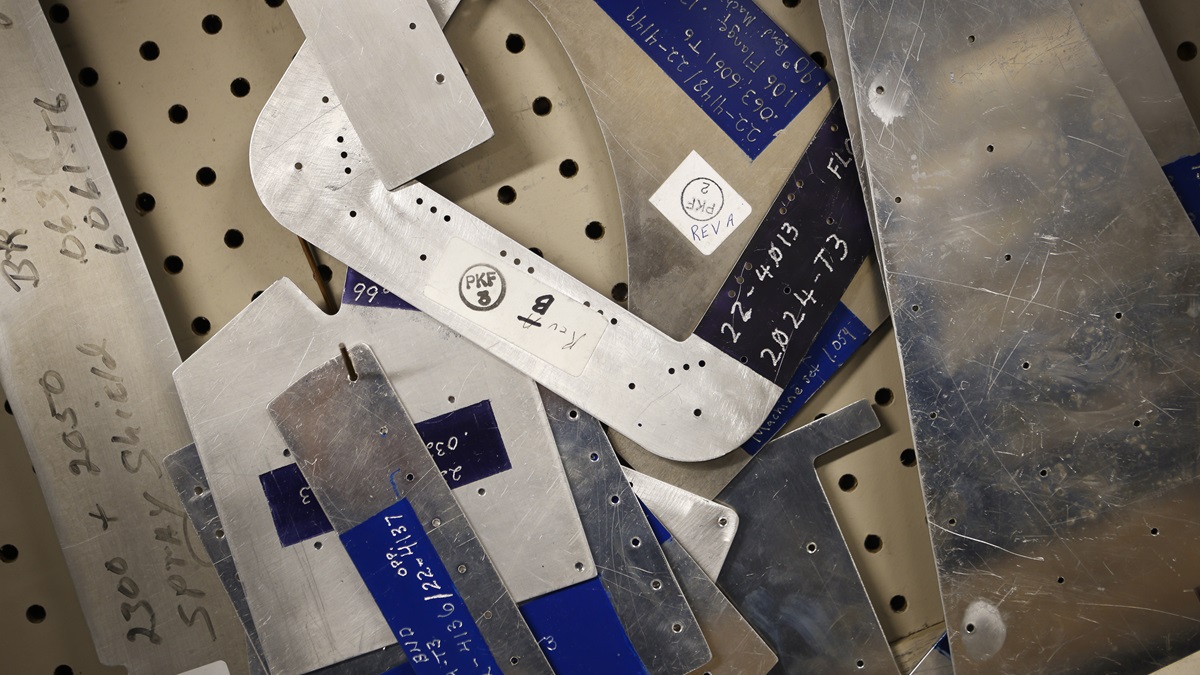Maine floats
Two manufacturers pursue divergent strategies
Two small firms—PK Floats and Clamar Floats—call Maine home, yet the companies couldn’t be more different. Design philosophies, materials, and even their locations, contrast sharply.
PK’s old-school metal floats are handmade by experienced craftsmen inside a homey wood hangar in rural Lincoln in the central part of the state. PK’s floats have traditional wire-and-pully actuated water rudders, unchanged from the company’s 1954 founding. And even the company’s newest floats are made using traditional methods and materials that emphasize time-honored practicality.
“We believe in aluminum because it’s light, rugged, and repairable in the field,” said Patrick McGowan, PK president. “Aluminum’s going to be around a very long time in airplanes and in floats because it’s so light and so durable. We’ve got floats in Alaska that have been operating for 40 years in salt water and they’re still going strong.”
To say Clamar takes a different approach is an understatement.
“We use composite material because it doesn’t leak, it doesn’t rust, and it doesn’t wear out,” said Paul Richards, Clamar president. “Bullet-proof vests aren’t made out of aluminum. They’re made out of Kevlar, a composite material very similar to what we use in our floats.”
Clamar occupies a small portion of the sprawling former Naval Air Station Brunswick that now serves as a manufacturing business incubator in coastal southern Maine.
Clamar’s landing gear system is fully electric—not hydraulic. The company also has developed water rudders that use electric servos for steering—not wires and pulleys.
“Servos are everywhere in aviation, so why shouldn’t we use them in floats?” Richards said. “They eliminate the weight, drag, and mechanical complexity of old pulley systems.”
Clamar’s way
Clamar’s home on the vast former Navy base where four-engine Lockheed P–3 Orions probed the Atlantic for Soviet submarines throughout the Cold War, and later Kestrel Aviation set up an aircraft manufacturing facility, is a monument to misguided spending.
There’s a massive hangar complex for U.S. Navy Boeing P–8 Poseidon sub-hunters that never came to Brunswick, a modern air traffic control tower that was finished but never went into service, and an 8,000-foot parallel runway that’s unused.
All that expensive aviation infrastructure, and a skilled local workforce, helped attract Clamar, which moved from Canada in 2018. The switch gave Clamar instant access to modern composite material manufacturing facilities including specialized industrial ovens and freezers, a paint booth, and a welding and fabrication shop, that the company simply couldn’t have bought on its own.
“Bullet-proof vests aren’t made out of aluminum. They’re made of Kevlar, a composite material very similar to what we use in our floats.” —Paul Richards, Clamar“This is a world-class aviation complex that’s highly underutilized,” said Clamar’s Richards, a native Mainer, engineer, and GA pilot who joined a group of local investors who bought the company and moved it to Brunswick. “This place can become a hub for aviation manufacturing, recreational flying, and water flying.”
Richards’ office is in the former officers’ club, and the 90,000-square-foot maintenance complex next door is largely vacant. Clamar’s six workers build, assemble, paint, and prepare floats for AirCam, Bearhawk, Glasair, Just Aircraft, Kitfox, and others. Clamar’s floats are exclusively made for light sport and experimental-category airplanes.
In an effort to improve float flying safety, Clamar offers a low-cost radar altimeter with an aural system that calls out the height above the surface for glassy water landings, a potentially hazardous maneuver in which pilots have been known to lose depth perception over mirror-smooth surfaces. Clamar also has a gear warning system that senses airspeed as well as flap and landing gear position and provides aural warnings, lights, and mechanical indicators to show pilots whether the wheels are up (for a water landing) or down (for a runway landing).
“Our technology solutions are designed to help pilots avoid mistakes,” Richards said. “Our gear warning system sells for about 1,000 bucks, and 90 percent of our customers get it.”
Clamar amphibious floats range in size from 1,400 pounds displacement for light sport aircraft to more than 3,500 pounds for big piston singles, and prices go from $35,000 to $55,000. The company’s 2180 floats (made for the AirCam) are its most popular at $50,000, and each set weighs about 360 pounds including rigging.
“Experimental is where the action’s at,” Richards said. “There’s a tremendous amount of growth and innovation, and that’s where we see our future.”
Clamar has a roughly six-month backlog, and it’s accelerating production and adding to its inventory so customers don’t have to wait.
“Kit manufacturers are jammed with orders right now,” Richards said. “Our orders tend to lag, but we can anticipate a surge in about 12 months as airplanes that are currently in production get ready to fly. We’re actively preparing for that increase now so that we’ll be ahead of the curve.”
PK’s way
Molly, a yellow Labrador retriever with an appropriately thick coat, sets a friendly, low-key tone in the hangar at the nontowered Lincoln Regional Airport that serves as PK’s home. Molly is nonplussed by 1990s rock music and rivet guns in the workshop, and the arrival of the UPS delivery truck arouses a wag, not a bark.
PK was started in International Falls, Minnesota, in 1954 by Peter Kelner, whose initials are the company name. PK started making metal floats for Champs, Cubs, and Super Cubs, then gradually expanded into larger floats for heavier airplanes such as Cessna piston singles.
The company has changed hands and moved many times over the years. It has been in several locations in Maine, New York, and New Mexico, and it came to Lincoln in 2001. PK was purchased in the early 2000s by Chinese investors who planned to start a manufacturing operation in Asia, then abandoned those ambitions and sold the company to the current ownership group about six years ago.
“We believe in aluminum because it’s light, rugged, and repairable in the field. Aluminum is going to be around a very long time in airplanes and floats because it’s so light and so durable. We’ve got floats in Alaska that have been operating for 40 years in salt water and they’re still going strong.” —Patrick McGowan, PKFor more than 65 years, PK has produced metal floats that are made by hand. It dabbled in composites with an aborted model aimed at the light sport aircraft market, then returned to metal. PK stuck with FAA-approved models because it long considered kit airplanes to be of questionable quality and design. That changed, however, as companies such as CubCrafters, Legend Cub, and others began delivering modern aircraft that sold at a premium compared to certified models.
“Experimental floats now account for about half of our sales,” said PK’s McGowan. “And that percentage is likely to increase because the experimental market is growing so fast.”
PK’s approach to experimental aviation is the same as ever: focus on light weight, mechanical simplicity, and durability. PK’s flat-topped floats are easy to walk on without slipping. If they’re damaged in the field, they can be repaired with hand tools and widely available materials. Flat sides devoid of compound curves simplify manufacturing.
“We put the same amount of design and engineering work in all the floats we build, whether they’re certified or not,” McGowan said. “We use the same components, too.”
PK has a dozen employees in Lincoln who produce up to 20 sets of floats annually, virtually all of them amphibious. New sets of amphibious floats have a retail price of $60,000 to $100,000, and PK has a year-long backlog.
Instead of seeking out technological answers to safety problems, PK emphasizes training. The company recently sent round stickers for customers to put on their instrument panels reminding them to check landing gear position three times (on downwind, base, and final) before touching down.
“Many of the airplanes that have landed with the gear in the wrong position were equipped with the most sophisticated gear warning systems in the world,” said Keith Strange, PK production manager and a veteran seaplane pilot. “Our answer isn’t technology. It’s training.”
PK’s design innovations include the “variable dead-rise hull”—a shape designed to cut through heavy seas—and placing the hydraulic system for its amphibious floats inside the floats themselves. Other companies put the hydraulic reservoir and associated pumps and lines inside the aircraft fuselage, and that means the equipment stays there even if the airplane switches to wheels or skis.
It takes PK about five weeks to assemble a set of floats, and all the work is done by hand. Each float is water tested before it’s delivered, and the company says it has zero tolerance for leaks.
“A properly done rivet won’t leak,” said Strange, a former shop teacher. “Our floats can’t leak at all when they leave here.”
Aviation regrets
The surge in popularity of backcountry and adventure flying is good news for seaplanes—the ultimate adventure machines. And the act of taking off and landing on the water can be among the most magical in aviation, an activity already imbued with more wonder than most.
But adding amphibious floats to any airplane is tough to justify. Floats add weight and complexity, and reduce payload, cruise speed, and range. They also raise insurance rates—sometimes by a lot.
However, if you live or fly in a place like Maine where rivers, lakes, and an island-dotted coast provide peerless regions to explore, none of those spreadsheet arguments holds sway. Floats transform even humble airplanes into all-surface exploration vehicles. And if the floats are made locally, so much the better.
On the scale of aviation regrets, having the chance to fly on and off the water and then not doing it has to be among the most tragic lost opportunities.
For float makers, succeeding at any manufacturing operation is tough, no matter the size of the enterprise. These two Maine firms know that, and they’ve settled on different strategies: Clamar is incorporating new materials and technology; and PK has placed its bet on quality and craftsmanship.
One similarity in both boutique firms is that their products are transformative.
By providing the ability to fly off land and water, these two Maine firms give pilots the opportunity for limitless travel and experiences they can scarcely imagine.


